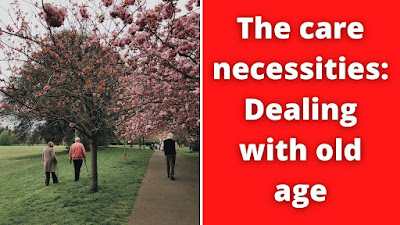[For a vlog version of this blog, click here.]
'El mejor clima del mundo.' So runs the slogan on a sign welcoming visitors and passers-by to the town of Sutamarchán, in Colombia's Boyacá department.
'El mejor clima del mundo.' So runs the slogan on a sign welcoming visitors and passers-by to the town of Sutamarchán, in Colombia's Boyacá department.
 |
| Sutamarchán: Its climate is nice, but the best in the world? That's debatable. |
Arid amicability
Questionable, subjective claims aside, I for one did find Sutamarchán's weather more than agreeable during my 48-hour stay there.As a sun worshipper, the blue skies with mid-20 degrees Celsius highs that lasted until mid-afternoon was well received. That it clouded over towards evening was not only not a big deal, but it was also probably salutary for me. I have a tendency to overdo it in the sun, so its disappearance was no doubt welcomed by my reddened skin.
While the temperature appeared to dip by at least 10 degrees Celsius with night setting in, the thunderstorms that rattled all around didn't unleash their fury on the town itself. Apparently, this is standard — Sutamarchán gets little rain.
 |
| Dry land. |
This results in quite arid land, particularly to the town's north, south and east.
'Water-lacking wells aside, the walk there is pleasant with the return via the hills offering nice views of both Sutamarchán and Tinjacá.'It hasn't, however, discouraged the municipality's inhabitants from getting involved in agriculture and horticulture. With the help of irrigation systems — places nearby do get more than enough rain throughout the year — and ubiquitous polytunnels, the locals appear to be making loot from the land. How much loot exactly, I don't know, but polytunnels are certainly popular.
It's important to note here that tomatoes are one of the main crops grown in these polytunnels. Why do I say this is important? Well, Sutamarchán has a La Tomatina festival every June, a copycat of the original held in Buñol, Spain.
A good friend tells me La Tomatina is, and I quote, 'one of the best festivals in Colombia.' While I've never been, I'm not convinced. Having random people throwing over-ripe tomatoes at me all day doesn't sound like a great laugh to me. I wasn't exactly enamoured with Mocoa's Blanco y Negro festival, where instead of tomatoes one gets covered in flour, foam and paint.
Longing for longaniza
Such wanton waste aside, a tomato would make a nice accompaniment — barbequed, fried or grilled — with Sutamarchán's celebrated savoury snack, longaniza. It's a pork sausage effectively, but one of the country's tastier versions. (Considering the standard of traditional Colombian sausages, such as the meat-light, rice-heavy morcilla, this isn't exactly a ringing endorsement. Nonetheless, the meaty-ish longaniza I had was decent.)* |
| Ximena with her lengths of longaniza. |
And a further drinking "delight" is that a number of establishments offer flavoursome, unsweetened coffee. We're getting close to Wrong Way perfection here!
These refreshment essentials are particularly satisfying after wandering around the arid hills on a hot, sunny day.
On that wandering front, I saw Pozos Azules, 'Blue Wells', on Google Maps, so with something to aim for I headed for them, about five kilometres to the south of the town.
Alas, without much water, there wasn't anything that special about these wells. A farmer herding cattle and goats told me that when it rains there's a bit more colour and life about them. I've no reason to doubt her.
Water-lacking wells aside, the walk there is pleasant — read mercifully devoid of deranged dogs here — with the return via the hills offering nice views of both Sutamarchán and Tinjacá. I also found a quiet spot to do some sunbathing which led to the aforementioned reddened skin. It'll go brown with time, honestly.
So while Sutamarchán's world climate claim is debatable, it could certainly market itself as one of the best small towns in Colombia. Now that is something to shout about.
Notes:
*I bought my raw longaniza to bring back to Bogotá at the newly-opened butchers/carnicería on Calle 5 with Carrera 3, one street up from the main square. At 15,000 pesos per pound, it's the best value you'll get, so I found anyway. And Ximena is a delightful attendant.
As for accommodation, the well-kept Hotel/Hospedaje Oasis has comfortable en suite rooms for 30,000 pesos per night. Yes, I've paid less in other towns but Sutamarchán is next to the tourist hotspot that is Villa de Leyva, so the townsfolk could be excused for trying to cash in on this proximity.
__________________________________________________________
Listen to The Corrigan Cast podcast here.
Facebook: Wrong Way Corrigan — The Blog & IQuiz "The Bogotá Pub Quiz".





